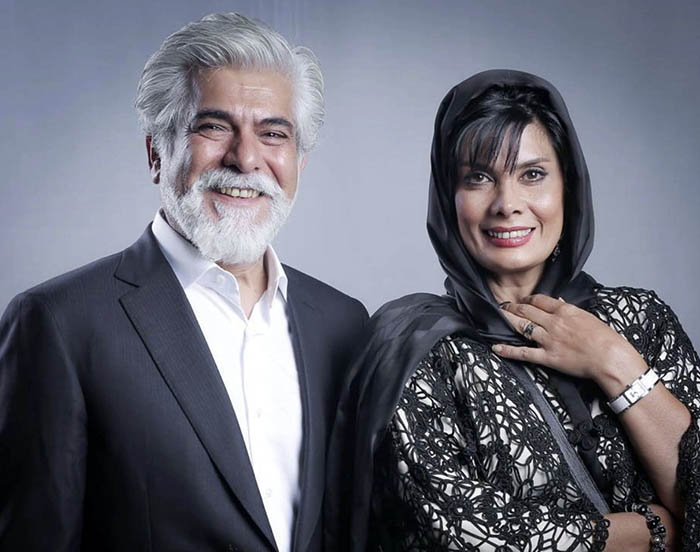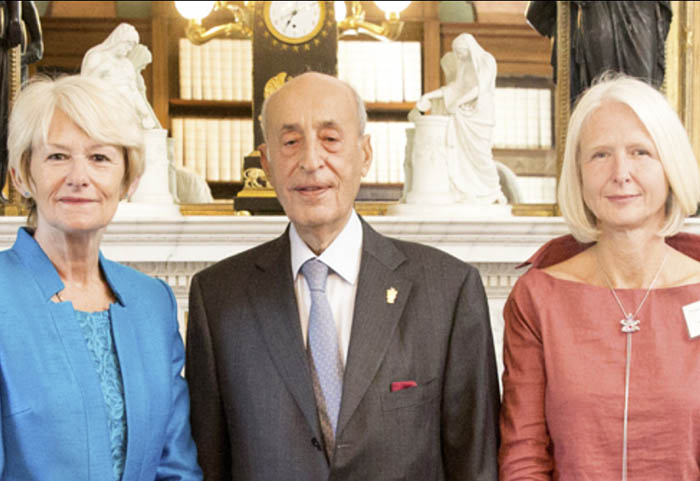TV Presenter Sahar Emami Shocked During Live Broadcast as IRIB Building Is Targeted in Tehran

The Significance of Resilience and Dedication
The incident during the attack highlights the importance of resilience and dedication among media professionals. Sahar Emami’s reaction exemplifies the qualities needed to navigate the unpredictable and often hazardous environment of journalism in conflict zones.
Her ability to maintain professionalism under stress demonstrates the importance of comprehensive training, mental preparedness, and a sense of duty. These qualities enable journalists to serve as reliable sources of information, even in the most challenging circumstances.
Her experience also underscores the importance of support from media organizations, including safety protocols, mental health resources, and recognition of the risks involved in reporting during crises.
The Impact on Society and Future Directions
The public’s response to Sahar Emami’s calmness and professionalism during the attack was overwhelmingly positive. Many viewers expressed admiration and gratitude for her resilience, which helped stabilize a tense situation.
This incident may serve as a catalyst for broader discussions about media safety, journalistic ethics, and the importance of mental health support for media personnel in Iran and beyond. It highlights the need for continuous training, investment in safety infrastructure, and policies that prioritize the well-being of journalists.
In the future, the Iranian media landscape may evolve to incorporate more digital and independent outlets, providing alternative sources of information beyond state-controlled broadcasts. Such developments could enhance press freedom, diversify perspectives, and foster a more open dialogue within society.
Media Censorship, Censorship, and the Quest for Truth
Iran’s media landscape is characterized by strict government controls, censorship, and regulations that often limit journalistic freedom. Despite these constraints, journalists like Sahar Emami strive to uphold journalistic integrity within the boundaries permitted.
The attack on the IRIB building also raises questions about the extent to which the media is free to report truthfully during conflicts. While the government maintains control over broadcast content, the role of individual journalists in providing accurate, unfiltered information remains vital.
Sahar’s professionalism and dedication exemplify the importance of journalistic ethics, even within restrictive environments. Her commitment to truth and the safety of her colleagues underline the critical role journalists play in preserving the integrity of information.
Women’s Leadership and Representation in Iranian Media
Sahar Emami’s story is also a testament to the evolving role of women in Iranian media. Despite societal restrictions and cultural expectations, women like her have carved out influential spaces within the media landscape.
Her approach to presentation—using bright colors, warm tones, and engaging communication—breaks stereotypes and demonstrates that women can be both professional and expressive within the boundaries of cultural norms. Her stance on dressing and appearance reflects a nuanced understanding of media presentation, balancing modesty with personality.
Moreover, her willingness to pursue diverse roles, from news anchoring to potential acting opportunities, illustrates the expanding horizons for women in Iran’s media industry. Her example inspires young women to pursue careers in journalism, media, and public communication, fostering a new generation of empowered female professionals.
The Power of Media in Shaping Public Resilience
In times of national crises, the role of the media becomes even more critical. It serves as the primary channel through which the public receives information, reassurance, and guidance. Journalists like Sahar Emami are not just reporters; they are vital pillars of societal resilience.
During the attack on the IRIB building, viewers looked to Sahar for updates, guidance, and reassurance. Her ability to maintain composure and deliver factual information under extreme pressure exemplifies the essential qualities of a responsible journalist. Such moments highlight the importance of rigorous training, mental preparedness, and unwavering commitment to truth, especially when the stakes are high.
Furthermore, her response during the live broadcast demonstrated the emotional strength required of media personnel. Despite her visible shock, she continued to communicate, embodying resilience and professionalism. This act not only reassured viewers but also set a standard for journalistic integrity in the face of adversity.
The Psychological Toll and Support Systems for Journalists
Reporting during crises, especially violent or catastrophic events, takes a significant psychological toll on journalists. Witnessing destruction, danger, and human suffering can lead to stress, trauma, and burnout. Sahar Emami’s calm demeanor during the attack suggests she had prepared herself mentally for such emergencies, but it also raises questions about the support systems available for media professionals.
In Iran, as in many countries, the mental health of journalists is often overlooked amidst the focus on safety and operational protocols. Yet, the importance of psychological support, peer counseling, and debriefing sessions cannot be overstated. These support mechanisms help journalists process traumatic experiences and maintain their mental well-being, enabling them to continue serving the public effectively.
Sahar’s composed reaction may serve as a model for others, emphasizing the importance of mental resilience and training. It also underscores the need for media organizations to prioritize the psychological health of their staff, especially during emergencies.
Looking Forward: Challenges and Opportunities
The attack on the IRIB building is a stark reminder of the ongoing conflicts and tensions affecting Iran and the broader region. For media professionals like Sahar Emami, it underscores the importance of resilience, professionalism, and unwavering commitment to truth.
Despite the dangers, Iranian journalists continue to adapt, innovate, and serve their audiences. The rise of digital media, social networks, and independent journalism offers new avenues for expression and reporting, even within restrictive environments.
Sahar remains optimistic about the future of Iranian media. She advocates for greater professionalism, safety, and independence for journalists. Her message to aspiring reporters is clear: dedication, integrity, and perseverance are vital, especially during the most challenging times.
Conclusion: A Testament to Courage and Dedication
Sahar Emami’s story, exemplified by her reaction during the attack on the IRIB building, reflects the broader narrative of Iranian journalists who risk their lives to inform the public. Her professionalism during moments of crisis underscores the vital role of media in shaping public perception and maintaining societal stability.
As Iran navigates complex geopolitical challenges, the resilience of its media professionals remains a beacon of hope and strength. Sahar Emami’s experience serves as an inspiring reminder that even in the face of danger, commitment to truth and professionalism can shine through.
Her unwavering dedication, calm under pressure, and compassionate reporting continue to inspire many, reaffirming that journalists are indeed the guardians of truth, especially during times of conflict and chaos.




